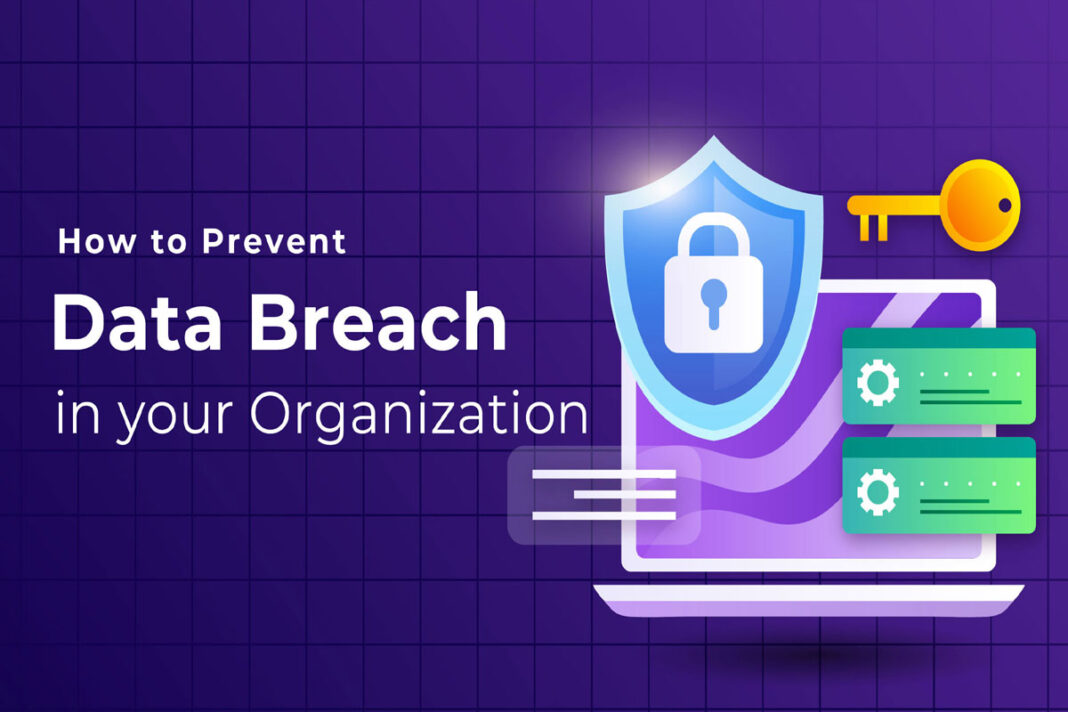In today’s digital age, data breaches have become a major concern for businesses and individuals alike. A data breach can lead to the loss of sensitive information, financial damage, and even legal consequences. Therefore, it is important to know how to detect and respond to a data breach effectively. In this blog post, we will discuss some key steps you can take to detect and respond to a data breach.
Identify the Source of the Breach
The first step in responding to a data breach is to identify the source of the breach. This can be done by examining network logs and conducting a thorough investigation of the affected systems. This will help you determine how the breach occurred and what data may have been compromised.
Contain the Breach
Once you have identified the source of the breach, the next step is to contain it. This involves isolating the affected systems and preventing further access to the compromised data. This may include shutting down affected systems, disconnecting them from the network, and changing passwords to prevent further unauthorized access.
Notify Affected Parties
If personal or sensitive data has been compromised, it is important to notify affected parties as soon as possible. This may include customers, employees, or other stakeholders who may have been affected by the breach. Providing timely notification can help affected parties take steps to protect their personal information and prevent further harm.
Implement Remediation Measures
After containing the breach and notifying affected parties, the next step is to implement remediation measures. This may include restoring backups, patching vulnerabilities, and implementing stronger security measures to prevent future breaches.
Conduct a Post-Incident Review
Finally, it is important to conduct a post-incident review to identify what went wrong and how to prevent similar breaches in the future. This may involve reviewing security policies and procedures, conducting additional training for employees, and implementing stronger security measures.
Preserve Evidence
During the investigation of a data breach, it is important to preserve any evidence that may be useful in identifying the source of the breach and determining what data may have been compromised. This may include system logs, backup data, and other forensic evidence.
Engage External Experts
In some cases, it may be necessary to engage external experts to assist with the investigation and remediation of a data breach. This may include forensic investigators, legal counsel, and public relations professionals who can help manage the fallout from the breach.
Communicate with Regulators
Depending on the nature of the data breach and the type of data that was compromised, it may be necessary to communicate with regulatory authorities such as the Information Commissioner’s Office (ICO) or other government agencies. This will help ensure that you are in compliance with any legal or regulatory requirements.
Provide Ongoing Support to Affected Parties
In the aftermath of a data breach, it is important to provide ongoing support to affected parties. This may include providing credit monitoring services, identity theft protection, or other resources to help mitigate the harm caused by the breach.
Review and Update Your Security Policies
Finally, it is important to review and update your security policies and procedures on a regular basis. This will help ensure that you are taking a proactive approach to protecting your data and minimizing the risk of future data breaches.
Detecting and responding to a data breach requires a proactive and comprehensive approach. By following these steps, businesses can minimize the impact of a breach and protect their sensitive data and the data of their customers. Remember, prevention is key, so be sure to take steps to prevent breaches from occurring in the first place by implementing strong security measures and regularly monitoring your systems for potential threats.



